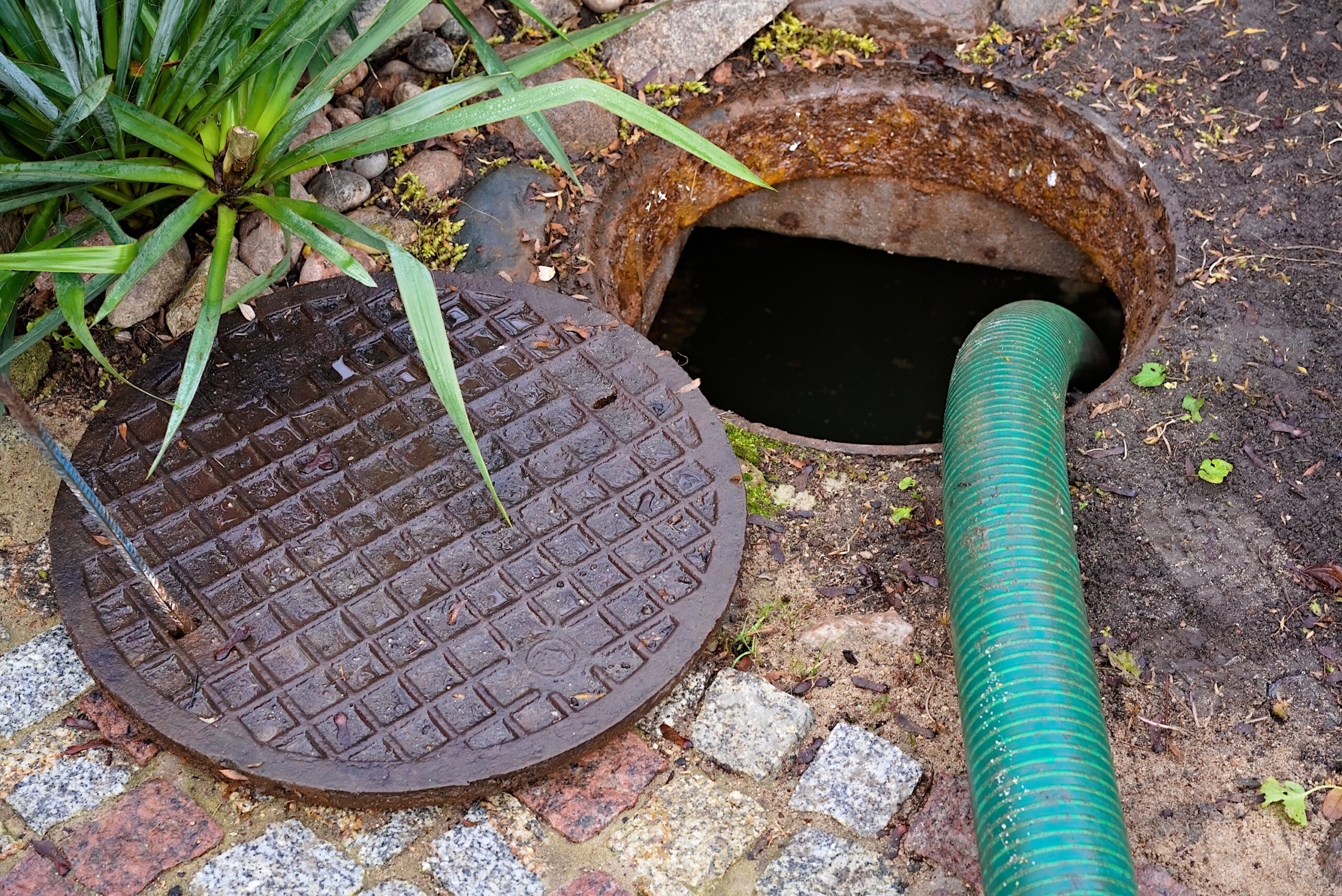How do people figure out how big or small their septic tank should be? What logic is applied to sizing a septic tank?
One of the most important factors in determining how big of a septic tank should be installed in a septic system is water usage. Water usage can be one of the hardest human behaviors to predict because people use water based on personal habits, which are as variable as anything in this world.
Take, for instance, the simple activity of teeth brushing. If you are one of the people that leaves the water on while you brush your teeth and brush for over a minute (like many dental professionals advise), you will use up to two gallons of water for every tooth brushing. Brushing your teeth three times per day translates to six gallons of water entering the septic system or, more importantly, entering your septic tank every day! Turning off the water while brushing will obviously dramatically reduce the amount of water introduced into the septic system for this activity.
Another activity, laundry, has even more variability than teeth brushing. New, front loading laundry washing machines use dramatically less water than top loading washers – up to two or three times less water per load. But the real killer for septic systems is when, regardless of the type of machine used, many consecutive loads are done, causing a surge of mostly clean water to enter the system. This water can cause havoc in the septic tank, as will be described below.
So who cares? Well, a key factor in the proper functioning of a septic system is how long wastewater remains in the septic tank. Remember, one of the functions of a septic tank is to maintain a bacterial environment that breaks down the organic waste into simpler solids and gases. The longer the bacteria have to do their job, the cleaner the effluent (wastewater leaving the septic tank) entering the drainfield – a good thing to have at all times for the health of the overall septic system.
Master plumbers and septic system contractors try to estimate water usage for a household so that a minimum hold time is maintained in the septic tank for most of the time. This hold time allows the bacteria to some waste processing and also allows heavier solids to settle at the bottom of the septic tank. When this hold time is violated, unprocessed waste enters the drainfield, which hastens its demise. In fact, when the septic tank hold time is regularly violated, the drainfield fails prematurely, causing all kinds of septic tank problems. This condition is known as hydraulic overloading a septic system. Water usage, therefore, is a very important issue to understand in septic system planning.
Estimating, however, is getting harder to do. Homeowners have all kinds of new appliances and behaviors that can destroy an estimate and put a septic system into hydraulic overload. Sizing for the absolute worst case, unfortunately, can be expensive. That is why most planners use a water usage rate between seventy five to one hundred and twenty gallons per person per day when planning for a septic system. Regardless of the estimate and size of the septic tank, it is always wise for the homeowner to practice water conservation to prolong the life of their septic system.











